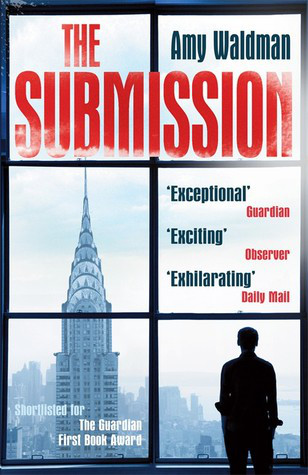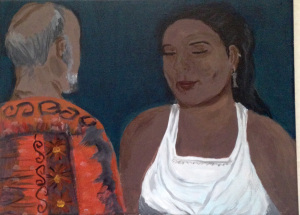In this article I chose the French way, Barthes’ interpretation :
“An intertextual view of literature, as shown by Roland Barthes, supports the concept that the meaning of a text does not reside in the text, but is produced by the reader in relation not only to the text in question, but also the complex network of texts invoked in the reading process” (Wikipedia)
Barthes always attacked the notions of “stable meaning and unquestionable truth” : any text offers a plurality of meanings and is also weaved out of numerous already existing texts – Barthes probably hated being told to sit still!
Thus there are two types of readers :
Worse (or better, depends on you) :
“It is language which speaks, not the author; to write is… to reach the point where only language acts, “performs”, and not “me””
plus :
“The author has the role of a compiler, or arranger, of pre-existent possibilities within the language system”.
OK, that’s enough. Here we are with a pattern which can be examined and played by bloggers :
“The role of the artist is to ask questions, not answer them.”
― Anton Chekhov
Thanks for reading!

Instagram : wjtk_o
You can also read :
Umberto Eco & the Open Work
Wikipedia :
“Intertextuality is the shaping of a text’s meaning by another text. It is the interconnection between similar or related works of literature that reflect and influence an audience’s interpretation of the text. Intertextual figures include: allusion, quotation, calque, plagiarism, translation, pastiche and parody. Intertextuality is a literary device that creates an ‘interrelationship between texts’ and generates related understanding in separate works. These references are made to influence the reader and add layers of depth to a text, based on the readers’ prior knowledge and understanding.”
I simplified for you, my way, a good article which is here : http://www.simandan.com/barthess-elements-of-intertextuality/ – in a casual application of intertextuality. You can also read this : http://visual-memory.co.uk/daniel/Documents/S4B/sem09.html
Advertisements Share this:




